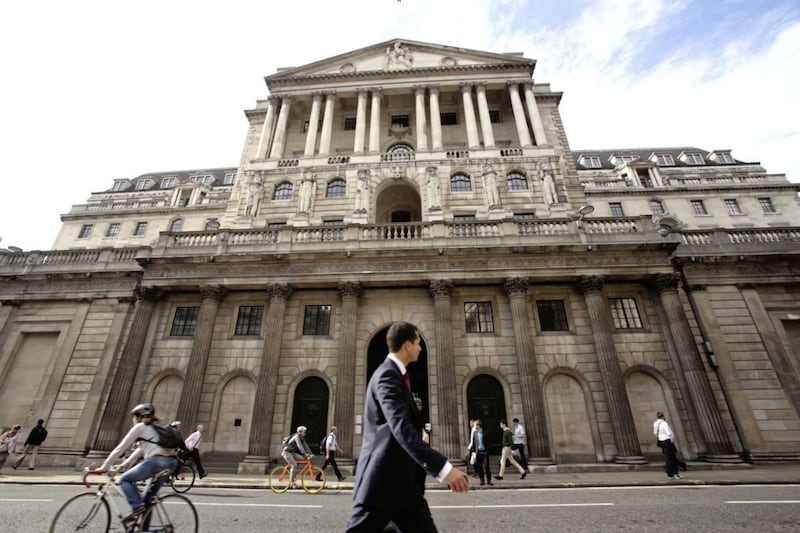ONE central debate within the investment management industry is the so-called ‘active versus passive’ debate – whether active managers can outperform passive index funds.
At its heart, the debate hinges on the notion of ‘market efficiency’ – that markets are priced correctly, so active managers can’t, on average, beat the market.
A perfectly efficient market requires a majority of investors to be rational. However, time and time again, markets have undergone large-scale mispricing in the past.
Here, the Barclays Investment Solutions team explores how sometimes, as human beings, there is an inability to be perfectly rational:
The dotcom bubble of the late 1990s is just one notable example: a rapid rise (and collapse) in technology stock valuations. At the turn of the millennium, people were just starting to grasp the transformational power of the internet, and technology stocks saw record inflows of money from eager investors who feared missing out on the internet boom.
It became possible for an internet company to list on the stock market and raise substantial amounts of money even if it had never made a profit – or, in some cases, realised any revenue.
Throughout this period, technology stock valuations rose to absurd levels. For example, by mid-2000, the price-to-earnings ratio on the well-known tech company, Cisco, had risen to 130 times. For the stock to be priced reasonably at such valuations would have required a near-impossible rate of profit growth from the company.
The example of Cisco was merely an indicator of what was taking place throughout the wider tech sector. Fuelled by speculative mania, the cyclically adjusted price-to-earnings ratio on the S&P 500 index itself rose to 50 times by 2000.
The dotcom bubble eventually burst, wiping trillions of dollars off the value of the stock market, and hitting the value of investor portfolios, and not just those who had focused on tech stocks.
With hindsight, the reasons driving it are clear: speculative/ fad-based investing, the fear of missing out among investors, the abundance of venture capital funding for startups, and overconfidence in the profitability of tech companies.
Interestingly, these reasons closely parallel those of other past speculative manias. They point towards a deeper underlying flaw among human investors, namely, an inability to be perfectly rational.
Over the past decades, studies have repeatedly shown that people are prone to a range of behavioural biases which inhibit rational decision-making and can lead to bubbles.
First, people have shown a tendency to over-extrapolate past events. For example, if the stock market went up yesterday, we have a tendency to think that the move will carry on tomorrow. In a bubble, an upward-trending market leads investors to buy into the market in anticipation of further gains, thus pushing the market up.
Second, people often find it easier to follow the crowd than to go against it. Imagine yourself selling technology stocks as a portfolio manager during the dotcom bubble – how long would you have been able to keep your nerve (or avoid getting fired by your investors)?
The discomfort from being contrarian can cause investors to ‘herd’, investing in something just because it happens to be the newest fad or is outperforming.
Third, people are prone to confirmation bias – selectively emphasising information that confirms their pre-existing belief. It’s easy to give greater weight to reports that only confirm your optimistic views on the sector, while discounting the downside risks.
Collectively, given the right conditions, these biases can induce the sort of phenomenon like the dotcom bubble.
If markets aren’t always efficient, it implies that there is scope for some active managers to capitalise on market mispricing, for example, by buying an under-priced asset or selling an overpriced one.
However, just because outperforming the market is possible, doesn’t mean that it is easy. For one, it requires investors to push against their own behavioural instincts. Sometimes, it requires the investor to be incredibly patient and tolerant of long periods of under-performance.
Herein lies the paradox of the entire ‘active versus passive’ debate – perhaps it is precisely because active management is so difficult in the first place, that beating the market is actually possible.
The very fact that mis-pricings are difficult to capitalise on, means that there is room for disciplined investors to add value, because not everyone can.
:: Jonathan Sloan is director of Barclays Wealth & Investments NI








